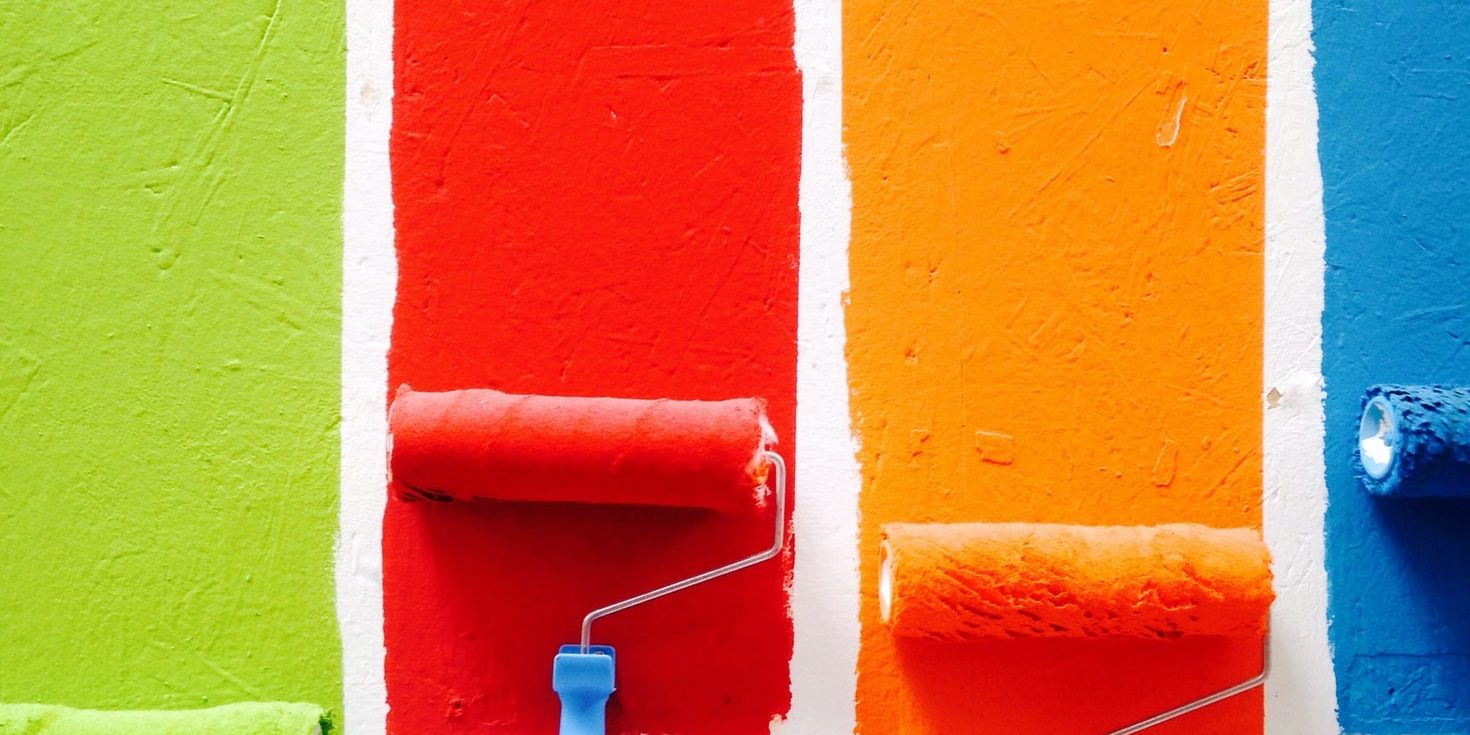Applying a fresh layer of paint to your walls is an exciting decision, but waiting for it to dry can be tedious. On occasion, you may find yourself eager to get your art back on the wall or move your furniture back into place. Although determining the proper waiting time can be tricky and boring at times, it is definitely worth it in the end.
Factors to Consider When Waiting for Paint to Dry
Numerous factors can affect your paint’s drying time. Some of these include the type of paint, location, and curing time. Before you choose to place your furniture and decor back against the wall or add a new coat of paint, make sure you consider the following.
1. Paint Type
Paint types have different thickness and viscosity levels, and these are defined on the kind of paint you buy. When you buy paint from the hardware store, you’ll probably come across these three primary types: Water-based, Oil-based, and Latex.
Water-based paint typically dries the fastest as it is the thinnest of the three. The other two are thicker, making them take longer to apply and dry. Additionally, consider the subtypes of matte and glossy. Matte paint dries faster, while glossy paint could add up to an hour to your dry time.
2. Dry Time
If you’re only applying one coat of paint, consider the paint’s dry time. This is how long it takes for paint to become tack-free and allow contact. Generally, paint takes 30-90 minutes to dry, but you should check the can of paint you’re using to be sure.
3. Curing Time
If you’re applying multiple coats of paint, consider the curing time. This is the time it takes for paint to completely harden and avoid scratches. Unlike dry time, curing time could reach up to a whole day or two. Make sure your paint is fully cured before applying subsequent coats of paint.
4. Location
Are you painting outdoors, or are you painting indoors? Painting outside where there is better airflow and the sun can hit the paint could help paint dry faster than usual. When painting indoors, make sure the room is well-ventilated to minimize dry time.
5. Paint Color
Consider the color of your paint. Generally, dark colors take more time to dry than lighter colors. Darker paint colors may utilize pigments, contributing to longer dry times.
6. Paint Finish
As mentioned, the paint’s finish also affects the total drying time. A matte finish absorbs light, which helps paint dry faster. A glossy finish traps moisture, making it take longer for paint to dry.
7. Temperature and Humidity
Weather can also be a factor for paint drying. Paint typically dries fastest in warmer, less humid environments. On the other hand, a colder environment will considerably slow your paint’s dry time.
Be Flexible When It Comes to Applying Paint
There are a lot of variables at play when it comes to painting. Make sure to Give yourself plenty of time to work with. Plan carefully and be ready for sudden changes. Painting requires patience. When in doubt, it’s best to go the safe route and wait a little longer. Waiting an additional hour up to a whole day will be easier to do than having to redo a botched paint job.
Consider these factors when trying to paint your space. If you’re in the market for painting and construction work in Pattaya, Singapore, get in touch with knowledgeable professionals from European Painting & Electrical Services, for quality work you can depend on.







